-
EtonGreen Live Echeveria Texensis Rosea Succulent Plant
₹950.00₹450.00 -
EtonGreen Live Green Fittonia Nerve Plant For Home & Office
₹450.00₹250.00
Out Of Stock
EtonGreen Live Fittonia Red Nerve Plant
₹450.00 ₹250.00
- The nerve plant, or Fittonia, is an eye-catching houseplant that is popular for use in hanging baskets, container gardens, and Terrariums.
- Also known as red mosaic plants, red nerve plants are common foliage houseplants, meaning they are grown for the beauty of their leaves rather than for their flowers. The leaves are a deep Red color and are ovate-shaped, with striking, red-tinged veining that gives the plant its common name.
- The leaves are about 4 inches long, while the plant itself usually has a maximum height of approximately half a foot.
- Plant Will Be Given With Free Plastic Pot
SKU: EtonRedFittonia
Categories: Air Purifying Plants, Foliage Pattern Plant, Low Maintenance Plants, Plants
Tags: aglaonema variety, aglaonima plant, air purifier plant, air purifier plants for home with pot, echeveria, echeveria live plants, fittonia, fittonia plant, house plant, indoor live plants, indoor plant, indoor plant for home, indoor plants, lucky plants for home, nerve plant, outdoor plant, outdoor plants, red fittonia, succulent, succulent live plant, succulent plants, succulent plants live with pot, succulents
Out of stock
Email when stock available
The nerve plant, or Fittonia, is an eye-catching houseplant that is popular for use in hanging baskets, container gardens, and terrariums. Also known as red mosaic plants, red nerve plants are common foliage houseplants, meaning they are grown for the beauty of their leaves rather than for their flowers. The leaves are a deep Red color and are ovate-shaped, with striking, red-tinged veining that gives the plant its common name. The leaves are about 4 inches long, while the plant itself usually has a maximum height of approximately half a foot.
| Weight | 0.5 kg |
|---|---|
| Dimensions | 10 × 10 × 25 cm |
Be the first to review “EtonGreen Live Fittonia Red Nerve Plant” Cancel reply
Up sells product
- The nerve plant, or Fittonia, is an eye-catching houseplant that is popular for use in hanging baskets, container gardens, and Terrariums.
- Also known as Green mosaic plants, Green nerve plants are common foliage houseplants, meaning they are grown for the beauty of their leaves rather than for their flowers. The leaves are a deep Green color and are ovate-shaped, with striking, White-tinged veining that gives the plant its common name
- The leaves are about 4 inches long, while the plant itself usually has a maximum height of approximately half a foot.
- Also called Nerve Plant, Mosaic Plant, Painted Net Leaf
- Plant Will Be Given With Free Plastic Pot
- The rubber plant (Ficus elastica) is a popular ornamental plant from the Ficus genus.
- The round leaves of the rubber plant are symbolic of wealth and financial growth in Vastu.
- They can bring you a lot of commercial success and money when placed in the correct zone of your house.
- They also absorb a lot of toxins in the air of your indoors and act as a natural air purifier.
- Rubber plant is attractive, low maintenance plant, it also purifies the indoor air and perfect for plant beginners.
- Plant Will Be Given With Free Plastic Pot
- Calathea Burle Marx’s plants have oval leaves that look as if they have been painted. Its colors are typically a variation of dark and light green and do well in low-light areas
- Ctenanthe burle-marxii is a compact houseplant that makes a bold tropical statement. Its bright green leaves are striped with alternating lance-shaped bands, and have deep purple undersides and stems.
- Ctenanthe burle-marxii is nicknamed the “Fishbone Prayer Plant” due to the unique leaf pattern.
- Ctenanthe are related to Maranta, Calathea and Stromanthe. All are known and cherished for their extraordinary decorative foliage and are sometimes called Prayer Plants due to the way the leaves close upwards in a prayer-like fashion in the dark.
- Plant Will Be Given With Free Plastic Pot
Related products
Out Of Stock
EtonGreen Live Succulent Plant Sedum Firestorm
- firestorm Sedum plants (Sedum adolphii ‘Firestorm’) are a special cultivar of the species Golden sedum, a low growing, sun loving, succulent plant.
- It also grows well in containers. Firestorm sedums are green at the center, with leaf edges that range from yellow to vivid red.
- Sedum adolphi ‘Firestorm’ is a beautiful low-growing succulent with trailing stems and greenish-yellow leaves with red margins in bright light
- Water needs only moderate watering when established Keep in direct sun, water in morning, and water only when soil is fully dry
- Plant will be given With Free Plastic Pot
Out Of Stock
EtonGreen Live Echeveria Opalina Succulent Plant
- This fast-growing succulent is a hybrid of Echeveria colorata and Graptopetalum amethystinum.
- Typical water needs for a succulent
- Echeveria ‘Opalina’ is a great addition to rock gardens or hanging baskets. As it grows, it spreads out as a small shrub. It is native to Madagascar.
- To propagate ‘Opalina’ from cuttings, use a sharp, sterile knife or pair of scissors and cut a piece of the plant just above a leaf on the stem. Allow it to dry for a couple of days, and place in well-draining soil.
- Plant Will Be Given With Free Plastic Pot
Out Of Stock
EtonGreen Live Echeveria Lilacina Succulent Plant
- Echeveria lilacina is an attractive, slow-growing succulent with fleshy, spoon-shaped, silvery-grey leaves arranged in a symmetrical rosette
- Echeveria Lilacina also known as ‘Ghost Echeveria’ is known for a beautiful looking succulent.
- Echeveria Lilacina Ghost is suitable as a houseplant in all climates. It does well as a container or patio plant or set out into the garden during warmer
- Take care to water from below, and only water when the soil is nearly dry.
- Plant Will Be Given With Free Plastic Pot
- Philodendron Moonlight is a hybrid variety of philodendron. Moonlight is very popular and easy to care house plants
- This philodendron is low growing and shrub-like tropical plant.
- Same as other Philodendron, it appreciates moderate lighting. Hence a Dappled sun or very early morning sun is very good for moonlight.
- A fantastically bright, almost fluorescent green philodendron with a low clumping growth habit. A great colour contrast plant for shady spots in the garden. Best in positions where there is no direct sun. Dappled sun or very early morning sun is ok.
- Plant Will Be Given With Free Plastic Pot
- Echeveria Imbricata also Called Blue rose
- It is one of the oldest Echeveria hybrids that is documented, being a combination of Echeveria glauca and Echeveria metallica.
- “Blue Rose” has typical watering needs for a succulent. It’s best to use the “soak and dry” method, and allow the soil to dry out completely between watering.
- “Blue Rose” will produce small offsets, sprouting up around the base of the plant. Simply pull these up and allow the offsets to dry for one to two days before replanting.
- Plant Will Be Given With free Plastic Pot
- Lifesaver Plant (Huernia zebrina): This unique centerpiece plant is known for its other-worldly blooms
- The flowers are striped bright yellow and red with a thick rubbery ring in the center, which have earned it the nickname ‘Lifesaver Plant’.
- Water needs only moderate watering when established Keep in direct sun, water in morning, and water only when soil is fully dry
- Plant will be given With Free Plastic Pot

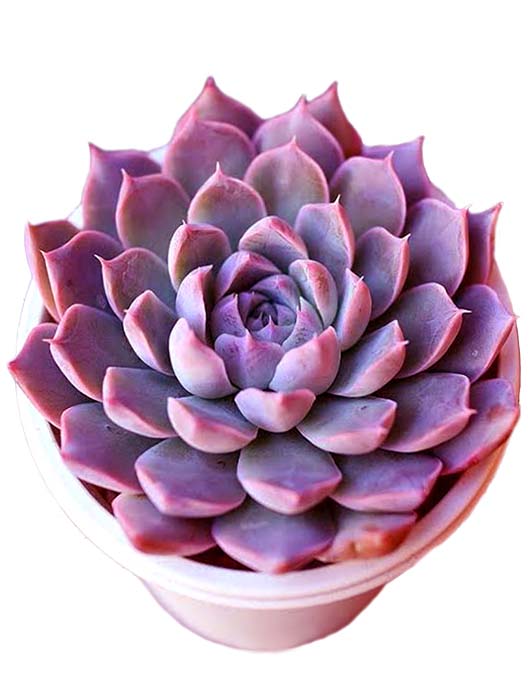
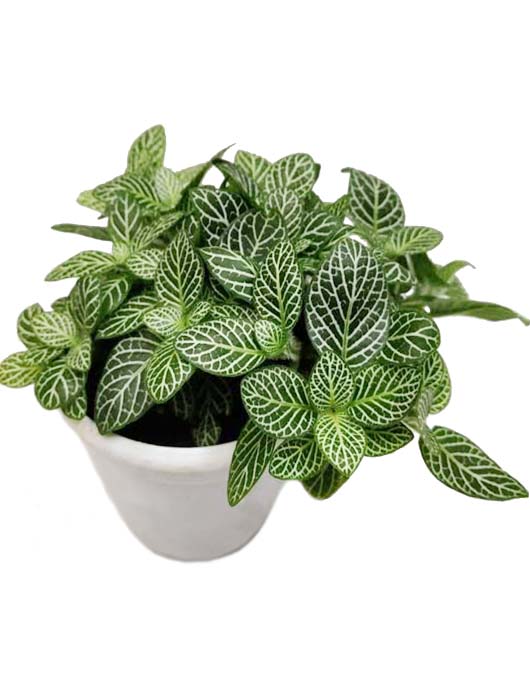
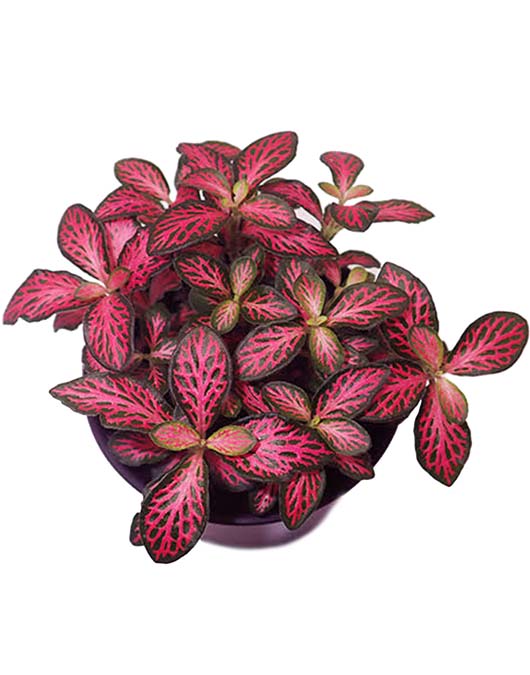
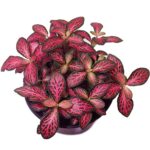
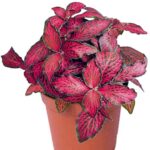
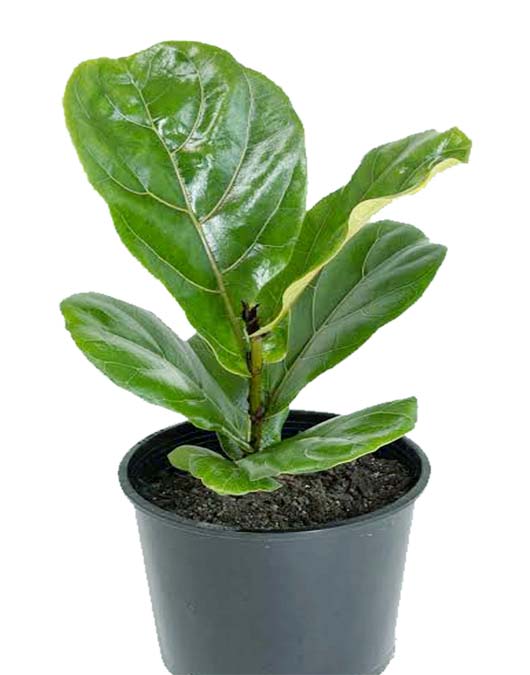

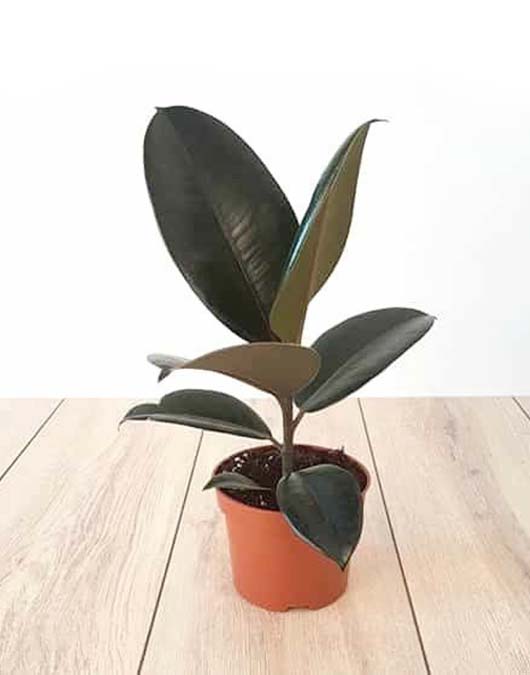
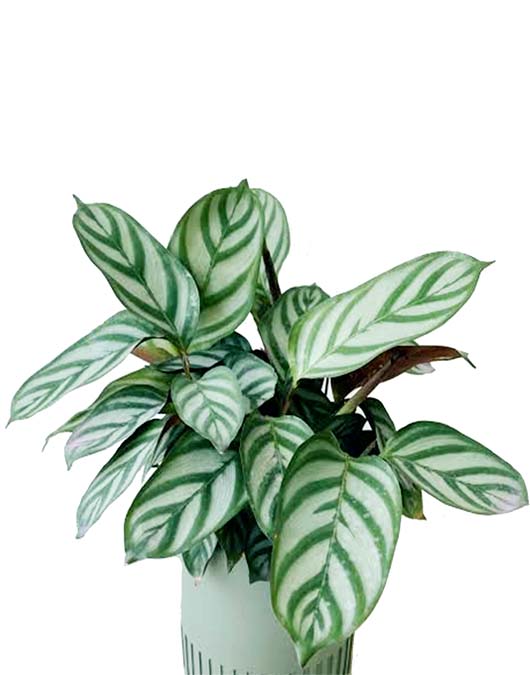
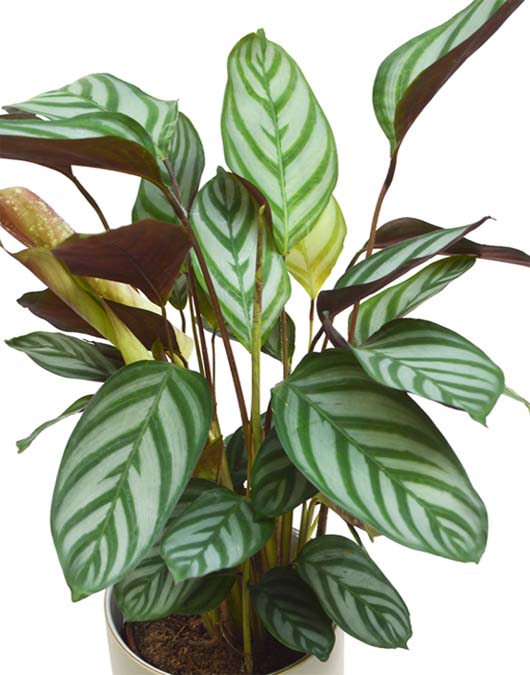
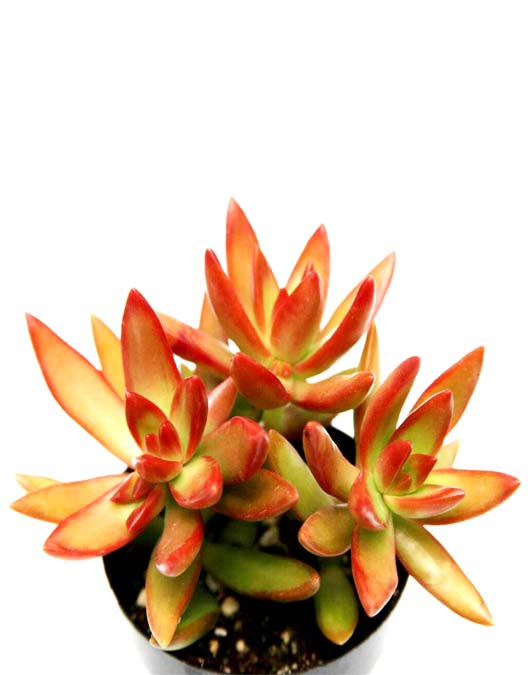
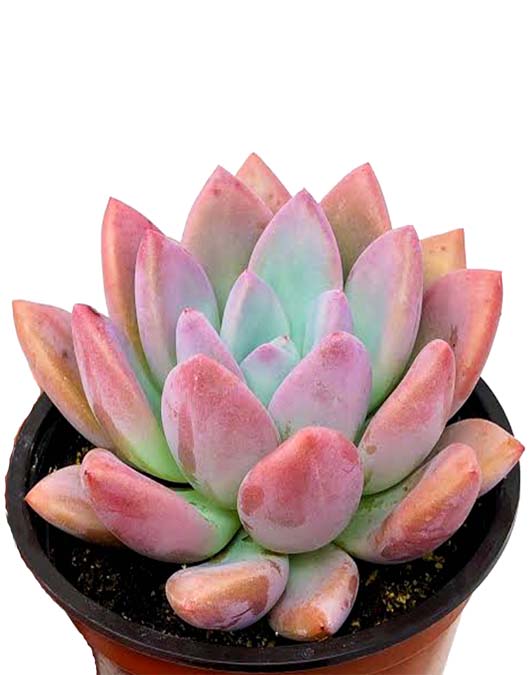
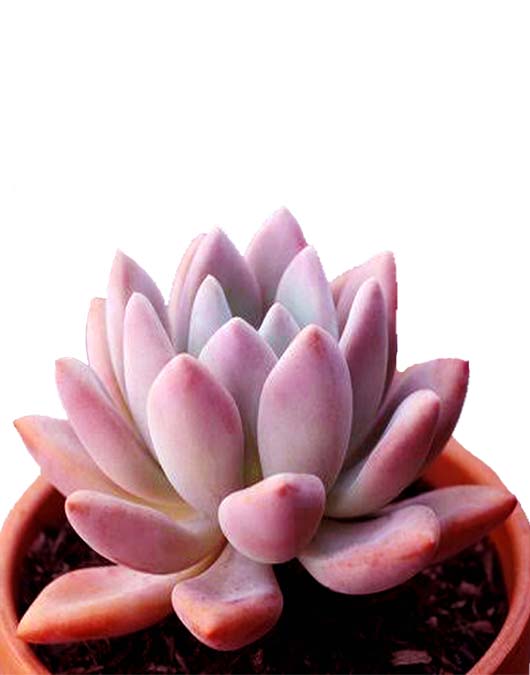
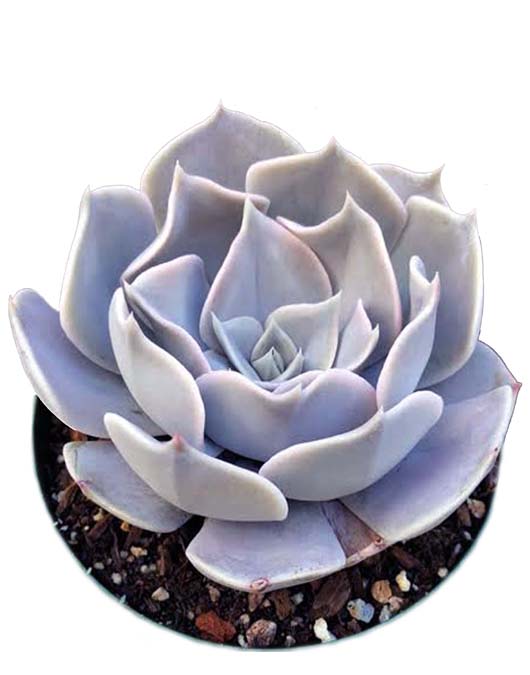
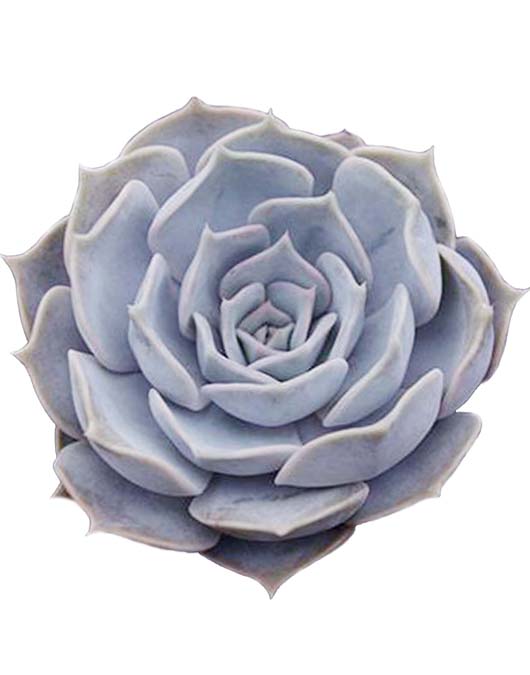
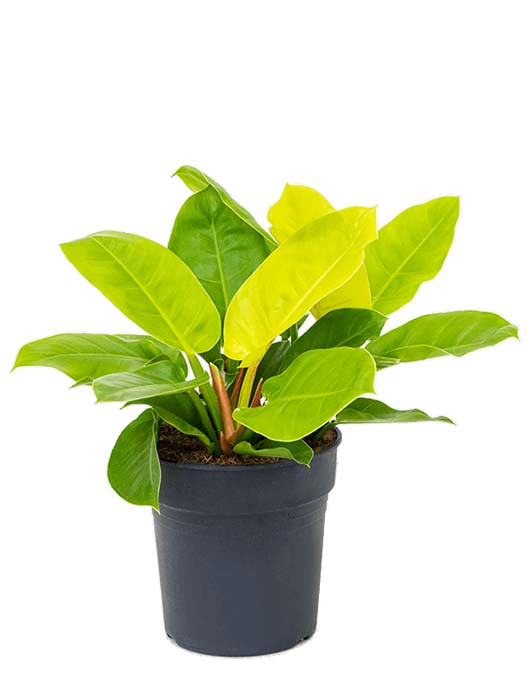
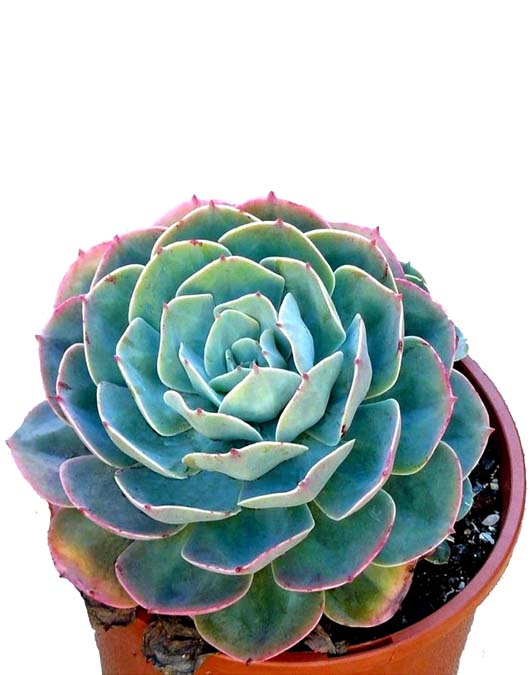
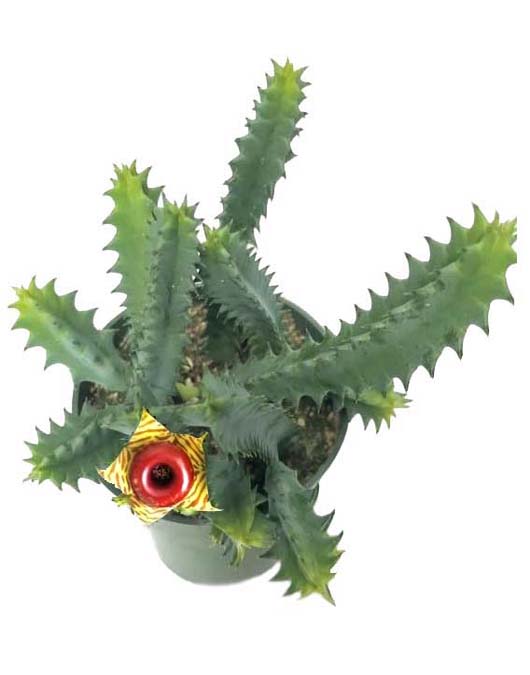
Reviews
There are no reviews yet.